Italy Campi Flegrei volcano shows signs of building activity, warning of a possible major eruption.
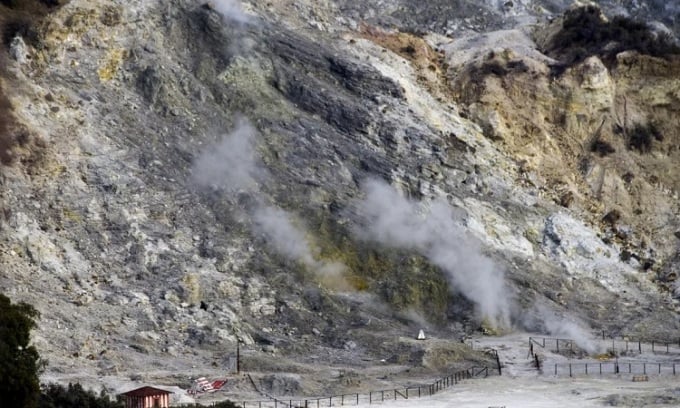
Sulphur-containing smoke spews from Solfatara di Pozzuoli, one of the 24 craters of the Campi Flegrei volcano. Photo: Vincenzo Izzo
Italy’s long-dormant supervolcano is on the verge of erupting for the first time since 1538, according to research published on June 9 in the journal Communications Earth & Environment. The Campi Flegrei volcano near Naples in southern Italy has a weakened crust that is likely to rupture, raising the possibility of an eruption. More than 1.5 million people live above the vast underground volcano complex, and 500,000 people have homes in the 11-kilometer-wide caldera that formed after a massive eruption 39,000 years ago.
If Campi Flegrei were to repeat its previous largest eruption, it would spew molten rock and gas into the stratosphere, triggering a 110-foot tsunami and releasing a plume of sulfur and toxic ash that would plunge the Earth into winter for years, destroying crops and causing mass extinctions. According to lead author Christopher Kilburn, a professor of Earth Sciences at University College London, a rupture in the volcano’s crust could open up a fissure, but magma would need to be pushed into the right place for the eruption to happen.
Campi Flegrei is a network of 24 craters and structures that extend from the Vesuvius caldera on the western edge of Naples to the nearby Gulf of Puzzuoli. Campi Flegrei's largest eruption ejected 285 cubic kilometers of material. One of the toxic chemicals released during the eruption was fluorine, in quantities sufficient to destroy vegetation and cause a disease called fluorosis in animals.
The volcano has been active since the mid-20th century, with the most intense periods occurring in the 1950s, 1970s and 1980s. Another period of unrest began in the last decade and continues, with the ground beneath Pozzuoli, the town at the summit, rising by 10 cm per year, a total elevation change of 4 m since 1950. Campi Flegrei has also experienced numerous small earthquakes. More than 600 were detected in April 2023.
The underground movement is likely caused by volcanic gases entering the Earth’s crust at a depth of 3 km below Campi Flegrei’s surface. This causes the crust to stretch, warp and slide, causing a subterranean earthquake. If enough gas seeps into the crust, the heat and pressure it creates could push the rock past its critical point, opening up cracks that allow magma from below to escape during an eruption.
To test the potential for an eruption, the team combined seismic data with ground-level measurements to map changes in the region’s crustal tensile strength and the extent of fracturing. The team’s models showed that the crust beneath Campi Flegrei was fracturing and not bending under pressure. Deep below the surface, gas and magma have been slowly bubbling away, weakening Campi Flegrei’s crust since the 1950s, reducing its tensile strength by a third since 1984.
This means that while the earthquakes in the region are not as strong as those in the 1980s, the rocks are more likely to fracture under less force, making it harder for geologists to detect them and less likely for people to evacuate. Still, for a volcano to erupt, gas needs to build up faster than it can escape, and magma needs to move quickly through the crust where the fractures form. Scientists can’t be sure whether either of these conditions are met until an eruption occurs.
An Khang (According to Live Science )
Source link





![[Photo] President Luong Cuong attends special political-artistic television show "Golden Opportunity"](https://vstatic.vietnam.vn/vietnam/resource/IMAGE/2025/8/22/44ca13c28fa7476796f9aa3618ff74c4)

![[Photo] President Luong Cuong receives delegation of the Youth Committee of the Liberal Democratic Party of Japan](https://vstatic.vietnam.vn/vietnam/resource/IMAGE/2025/8/22/2632d7f5cf4f4a8e90ce5f5e1989194a)
![[Photo] Prime Minister Pham Minh Chinh chairs the conference to review the 2024-2025 school year and deploy tasks for the 2025-2026 school year.](https://vstatic.vietnam.vn/vietnam/resource/IMAGE/2025/8/22/2ca5ed79ce6a46a1ac7706a42cefafae)


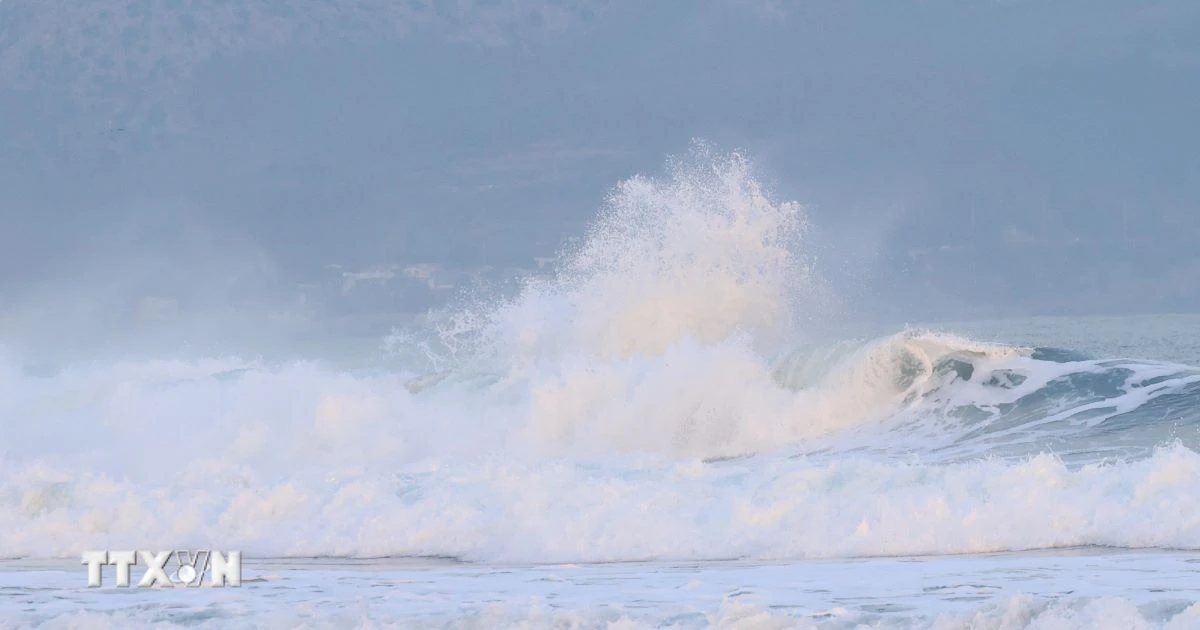



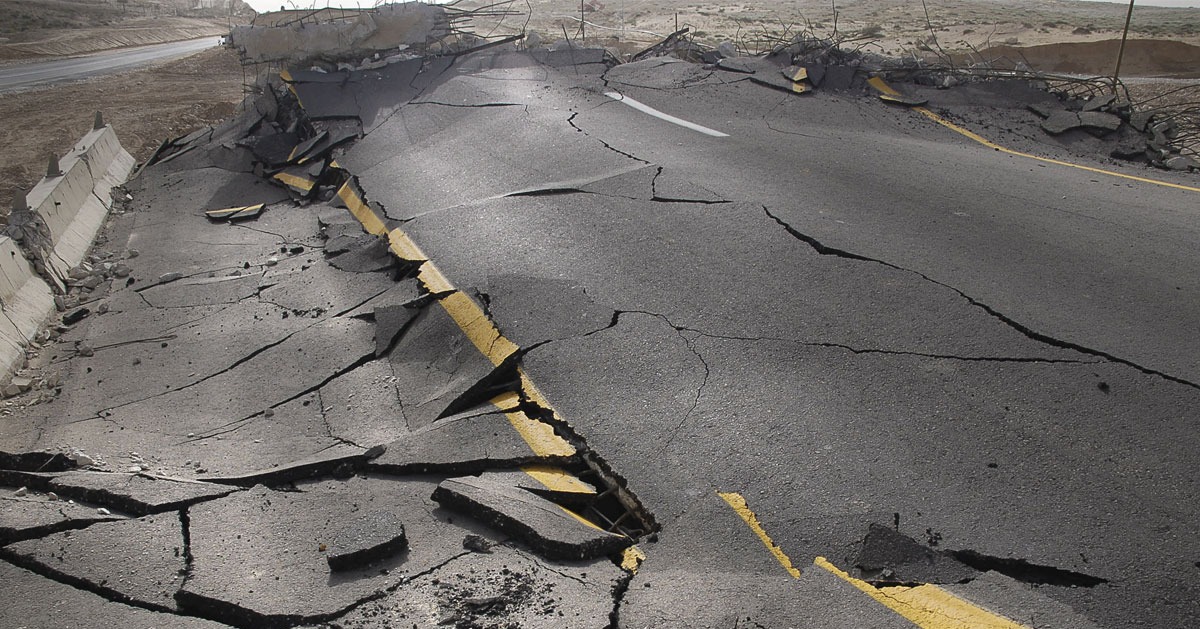

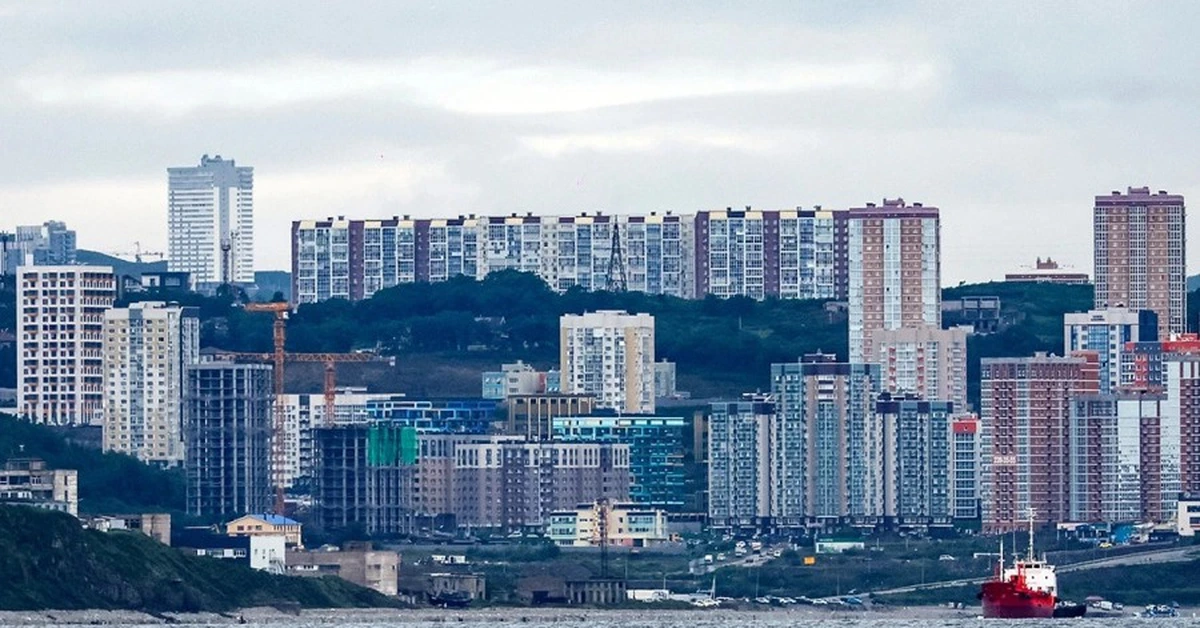
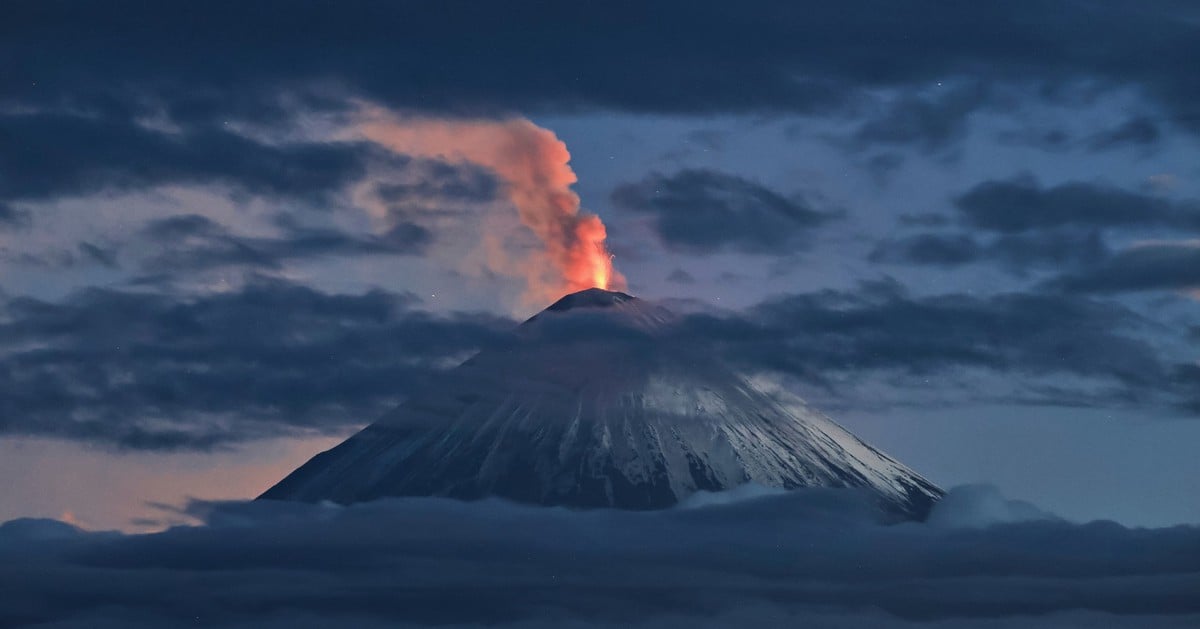

















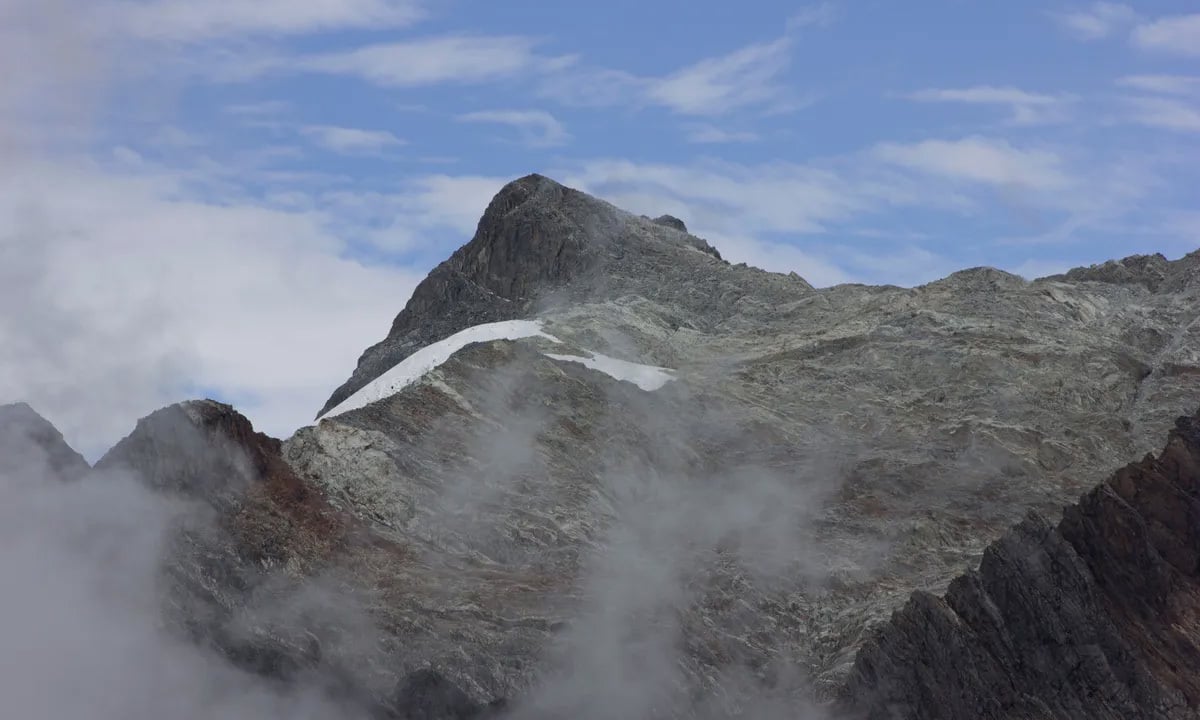










































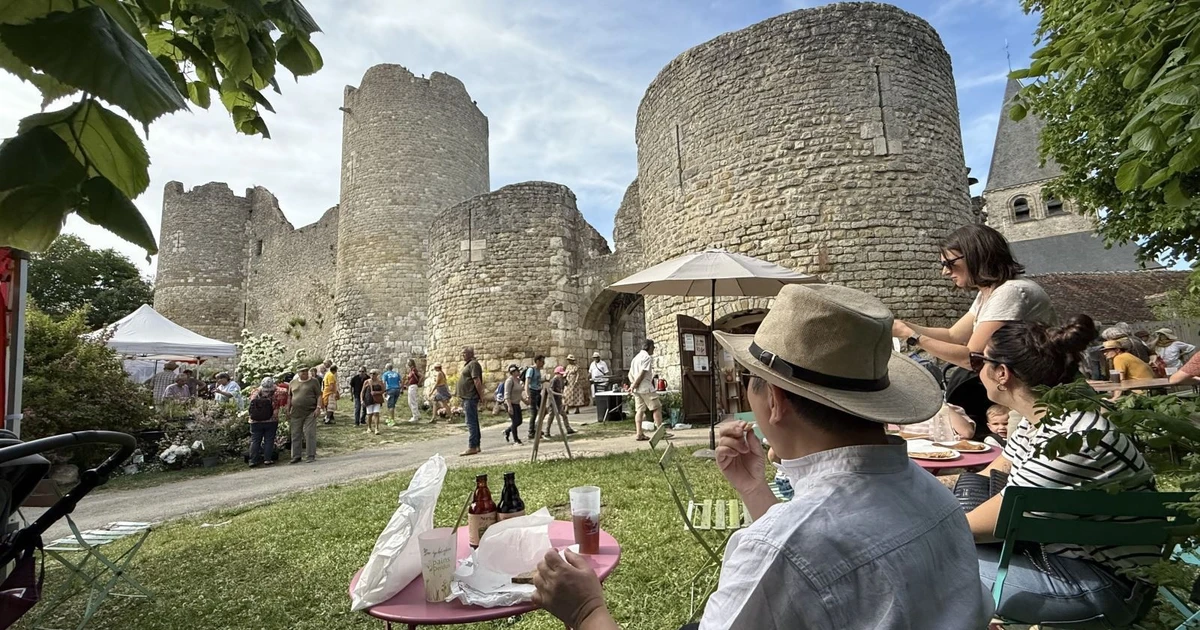

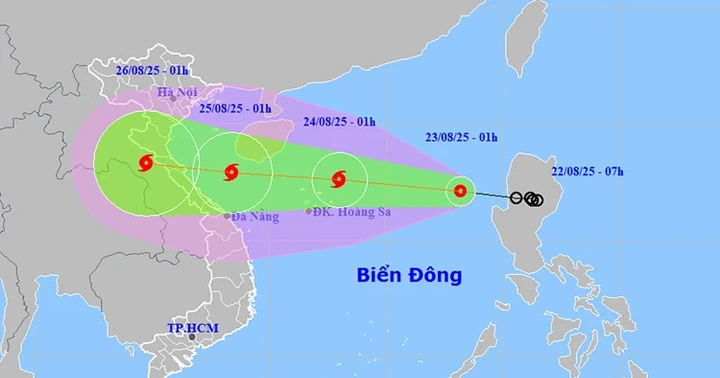



















Comment (0)